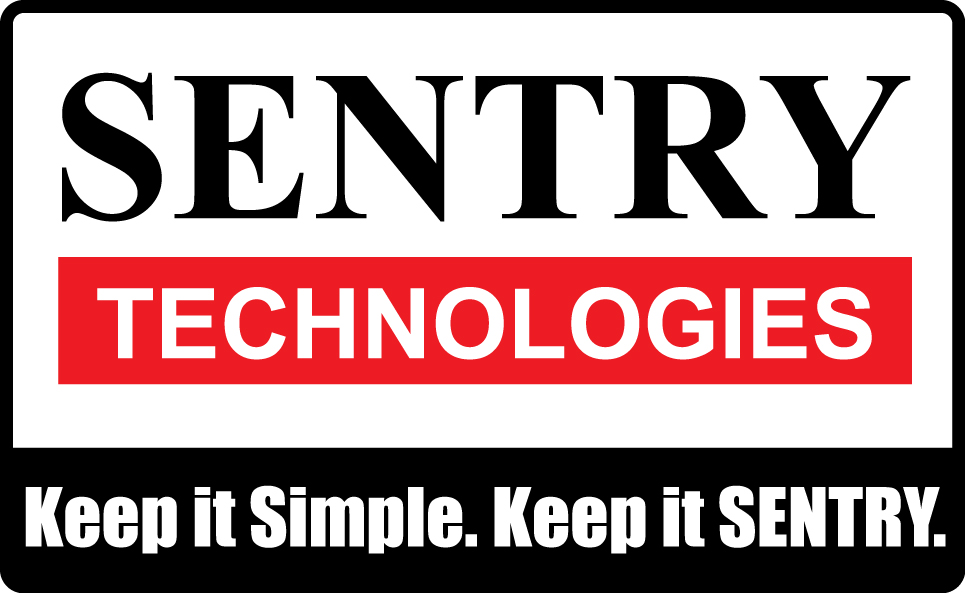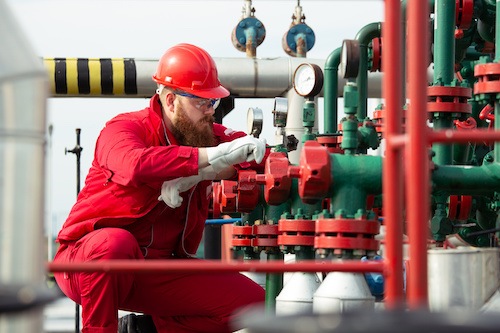Move from Reactive to Proactive Well Monitoring with Real-Time Data and Alerts
Oil and gas is a foundational U.S. industry that is slowly but surely moving into the digital age. Digitizing is a process that not only affects equipment and costs, but also requires an evolution of culture and human processes. While most large-scale oil and gas companies have moved to the next generation of real-time well monitoring solutions and control, smaller to mid-size well operators have been hesitant to embrace remote monitoring because of equipment cost and the effort required to modify existing processes.
Currently most small to mid-size oil and gas companies rely on their gaugers to make daily rounds of remote, highly-scattered oil tanks and report back on pressure levels, temperature, tank levels and more. Each gauger only has minutes to gather information that communicates the health and productivity of the well before moving onto the next well in the circuit.
If levels are down or a compressor has gone out since the last visit, they must now focus on the failed well and sacrifice the rest of the day’s monitoring. Also, depending on the production of the well and the price of oil and gas at the time, the company is facing the loss of significant revenue. The gauger must get the well back on track and check in on the rest of the wells in the circuit. This is an inefficient system, but how else can this monitoring be done?
Remote monitoring provides real-time information to gaugers and producers enabling them to proactively intervene when an issue is discovered instead of interrupting an already full schedule of manual monitoring. The possibility for a domino effect is always present if one down well prevents the gauger from catching another well in need of repair.
Through customizable alerts set to sound the alarm when a predetermined level is reached, gaugers are always in the know with real-time, remote monitoring and controls. All the information needed to prevent failures and optimize field operations are in the palm of the gauger’s hand instead of waiting to be discovered in the field. A few of the oil/gas applications include:
Natural Gas
- Soap stick launcher functioning
- Propane tank level monitoring
- Gas well production facilities monitoring
Oil Production
- If compressor is on or off
- Pipeline pressure is too high
By staying ahead of potential issues, companies also prevent environmental damage and the associated fees, fines, repairs, and PR issues. A simple monitor on the saltwater tank can alert gaugers to high tank levels or even pressure changes that could result in a spillover.
The most common objection to remote monitoring devices and systems is the cost of equipment and implementation. As technology has advanced, high quality remote monitoring has become more accessible to even small and mid-size oil producers. A range of monitoring options from the basic levels to more customizable and flexible systems are available to meet both budget requirements and monitoring needs.
Installation and maintenance is also seen as a con to a new remote monitoring system. In most cases the basic to moderate systems can be installed by field personnel and require only battery changes every few years. Most small to mid-sized oil producers quickly learn how to install and use the monitors realizing the benefits of remote monitors just as quickly as the install.
At Sentry Technologies, we know that implementing new tech and processes appear more trouble than they’re worth, but remote monitoring is one new system that is worth the effort. The ability to monitor in real-time what used to take a manual review each day, provides peace of mind, and improves operational performance.
If you’d like to know more about our Watchdog ST well monitoring equipment, reseller and rental programs learn more here.

